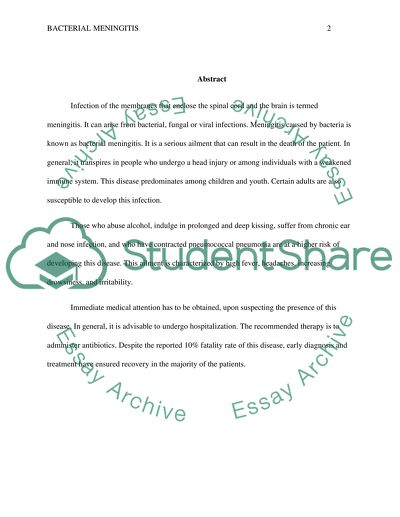Cite this document
(“Bacterial Meningitis Research Paper Example | Topics and Well Written Essays - 1250 words”, n.d.)
Retrieved from https://studentshare.org/nursing/1622809-bacterial-meningitis
Retrieved from https://studentshare.org/nursing/1622809-bacterial-meningitis
(Bacterial Meningitis Research Paper Example | Topics and Well Written Essays - 1250 Words)
https://studentshare.org/nursing/1622809-bacterial-meningitis.
https://studentshare.org/nursing/1622809-bacterial-meningitis.
“Bacterial Meningitis Research Paper Example | Topics and Well Written Essays - 1250 Words”, n.d. https://studentshare.org/nursing/1622809-bacterial-meningitis.


